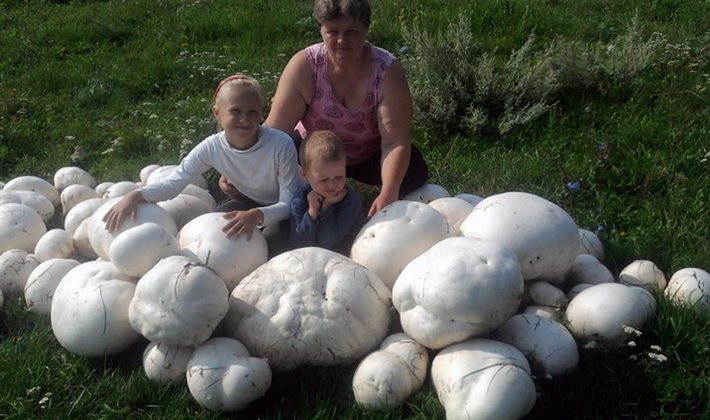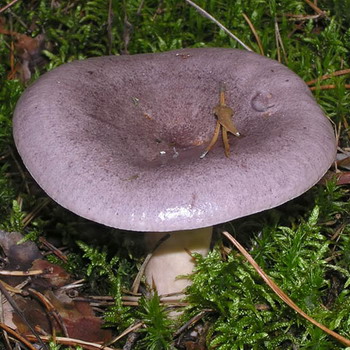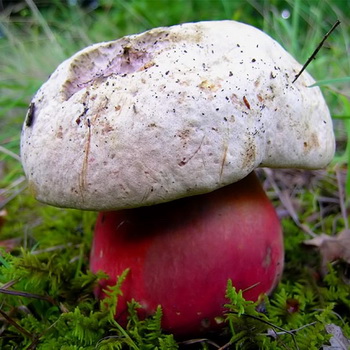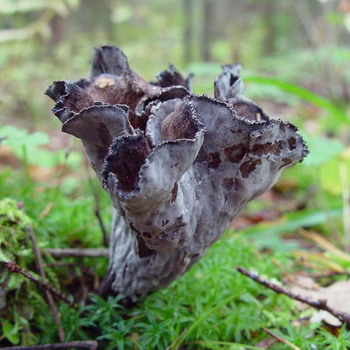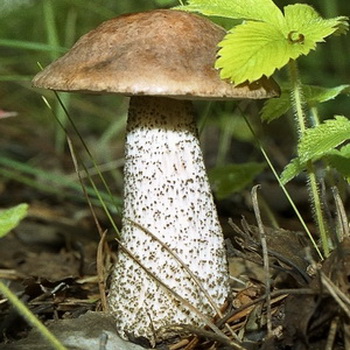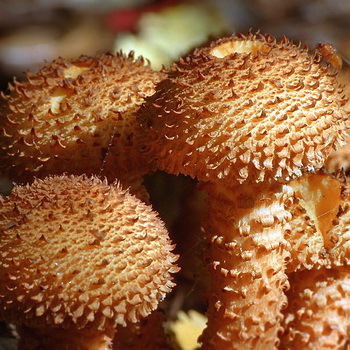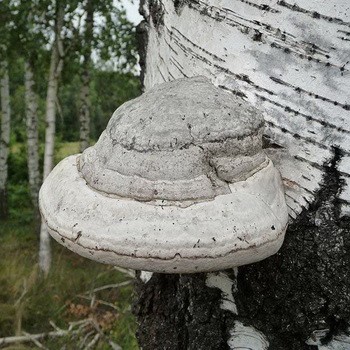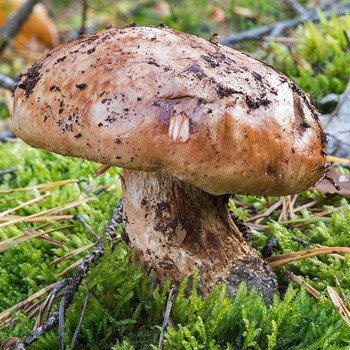Raincoat: mushroom description and cultivation
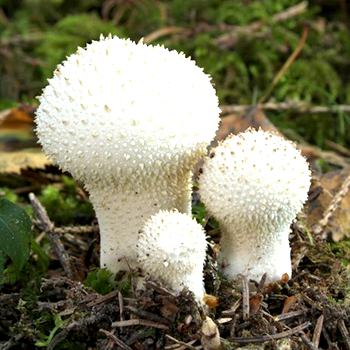
The most common forms are pear-shaped raincoat, common raincoat and prickly raincoat. They grow both in coniferous and deciduous forests, in meadows, on forest litter, on rotten stumps.
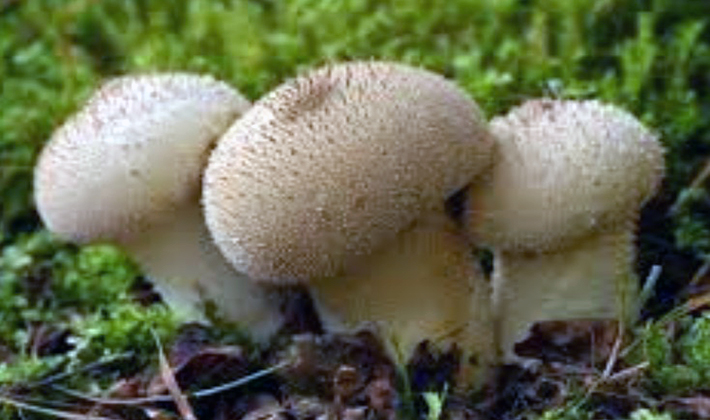
The mushroom grows on the noticeable strings of the mycelium. Its shell is creamy or white with spikes. The pulp of young mushrooms is dense, white or grayish, with a strong odor; in mature mushrooms it is dark. Spore powder is dark olive in color.
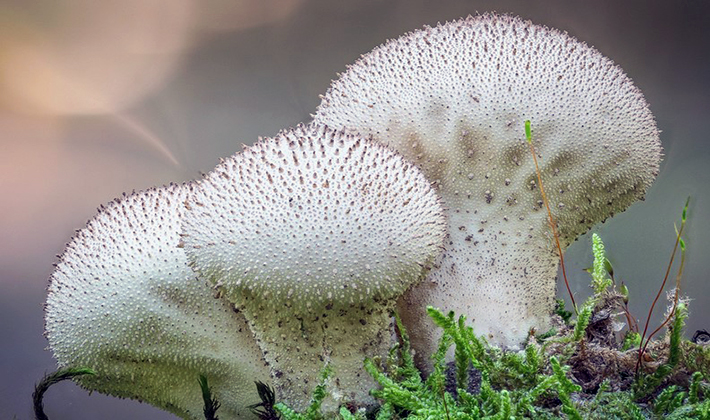
The pulp of a young raincoat is so dense that it can replace the patch. Under the sheath, it remains completely sterile.
The fruit body is pear-shaped, ovoid, round-shaped. The mushroom grows up to 10 cm long and 6 cm in diameter. There may not be a false leg.
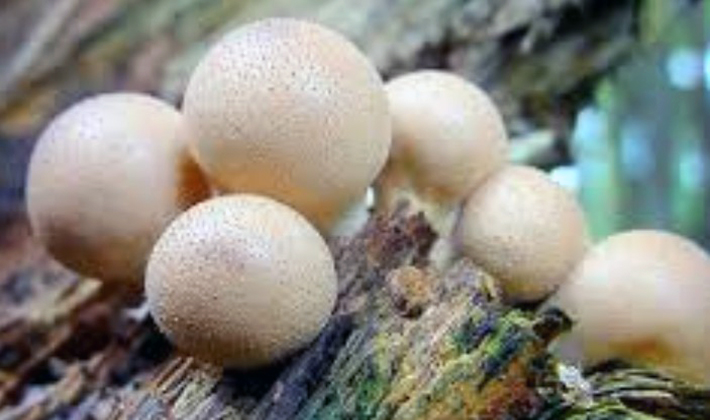
This mushroom is edible only at a young age, when spores have not yet formed, and the flesh is white. It can be used in various dishes without prior boiling.
Site selection and preparation
To grow mushrooms, you should choose a site with sparse grass, slightly shaded by trees.
It should correspond to the natural habitats of the mushrooms.
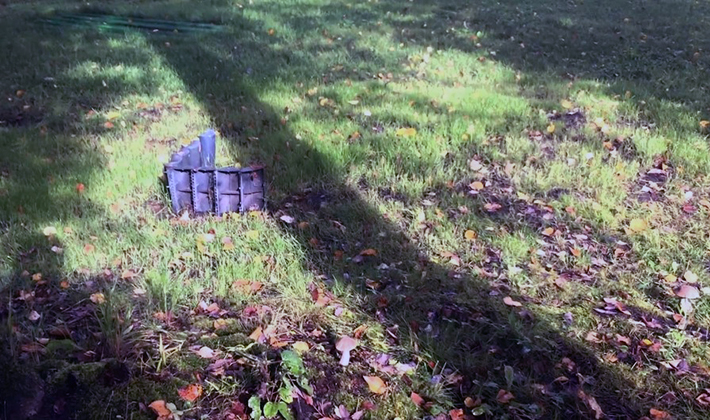
At a selected site, they dig a trench 30 cm deep, 2 m long. Aspen, poplar, birch, willow leaves are poured into it.
Then they lay the branches of the same trees. Branches should be laid not more than 2 cm thick. Tamp well and fill with water. Then a layer of sod land is poured with a thickness of 5 cm. Moreover, the earth should be taken from the place where the raincoats grow.
Sowing mycelium
The spores of the fungus can simply be dispersed onto the moist prepared soil. Then pour and cover with branches.
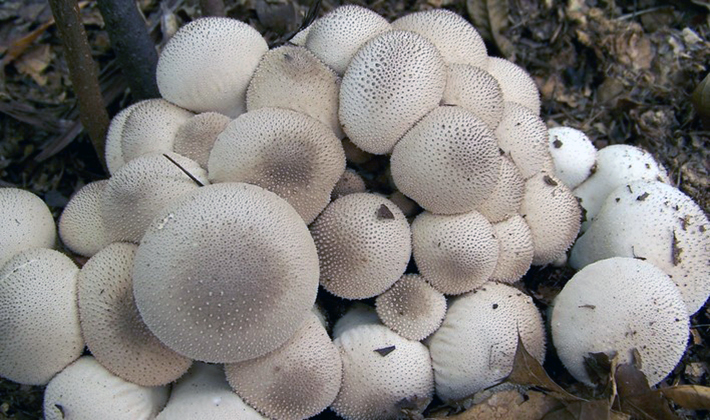
Growing and harvesting
The bed should be regularly watered, preventing its drying out. Overmoistening does not threaten the mycelium. It is better to water with rain or well water. The mycelium overgrows a month after sowing spores. Thin white threads become visible in the soil. After the formation of the mycelium, the bed should be mulched with last year's foliage.
The first mushrooms appear the next year after planting. When collecting them, carefully remove them from the mycelium. Spores of raincoats should be sown periodically so that they bear fruit constantly.
